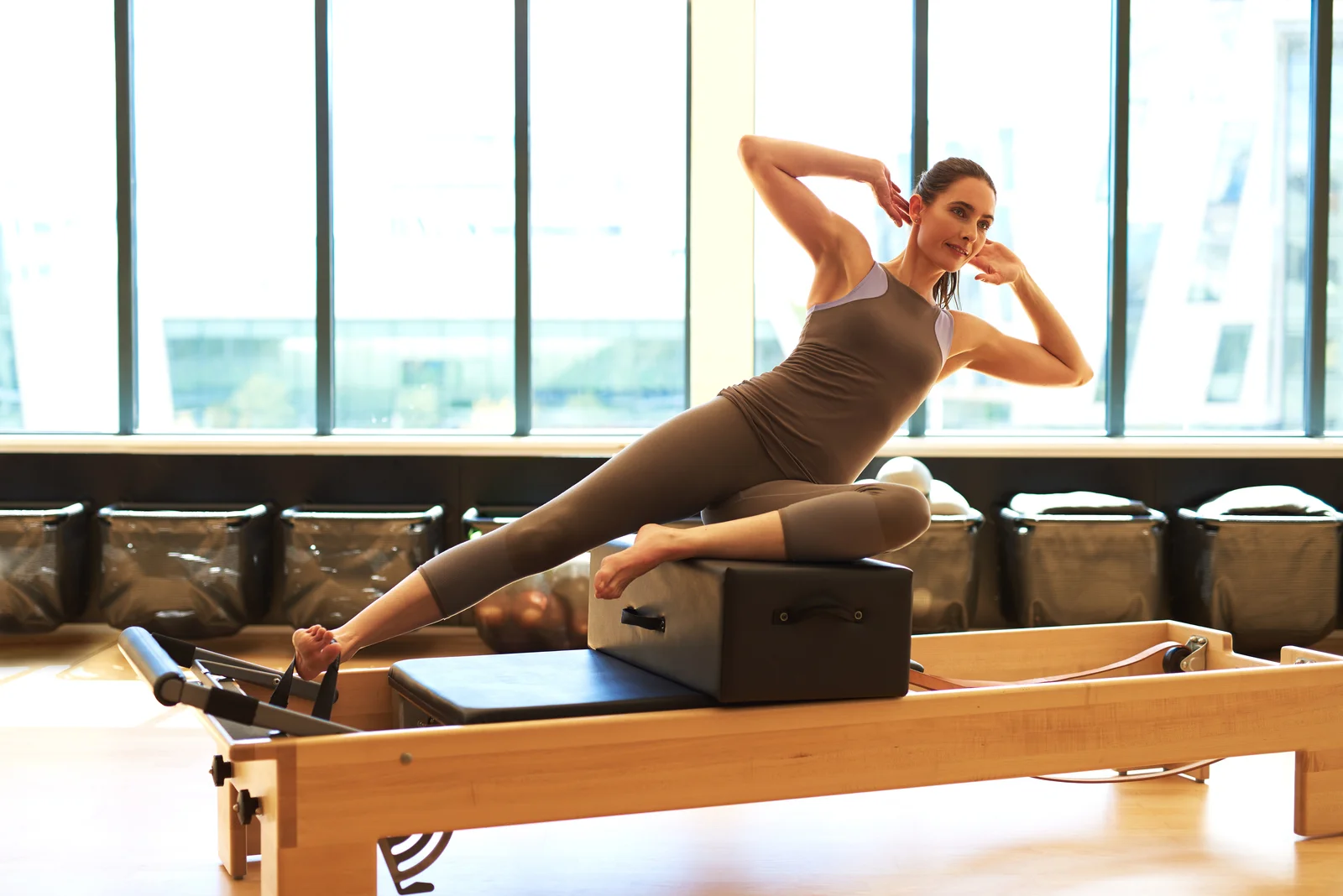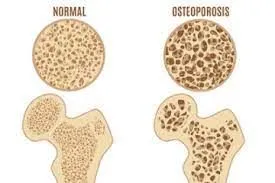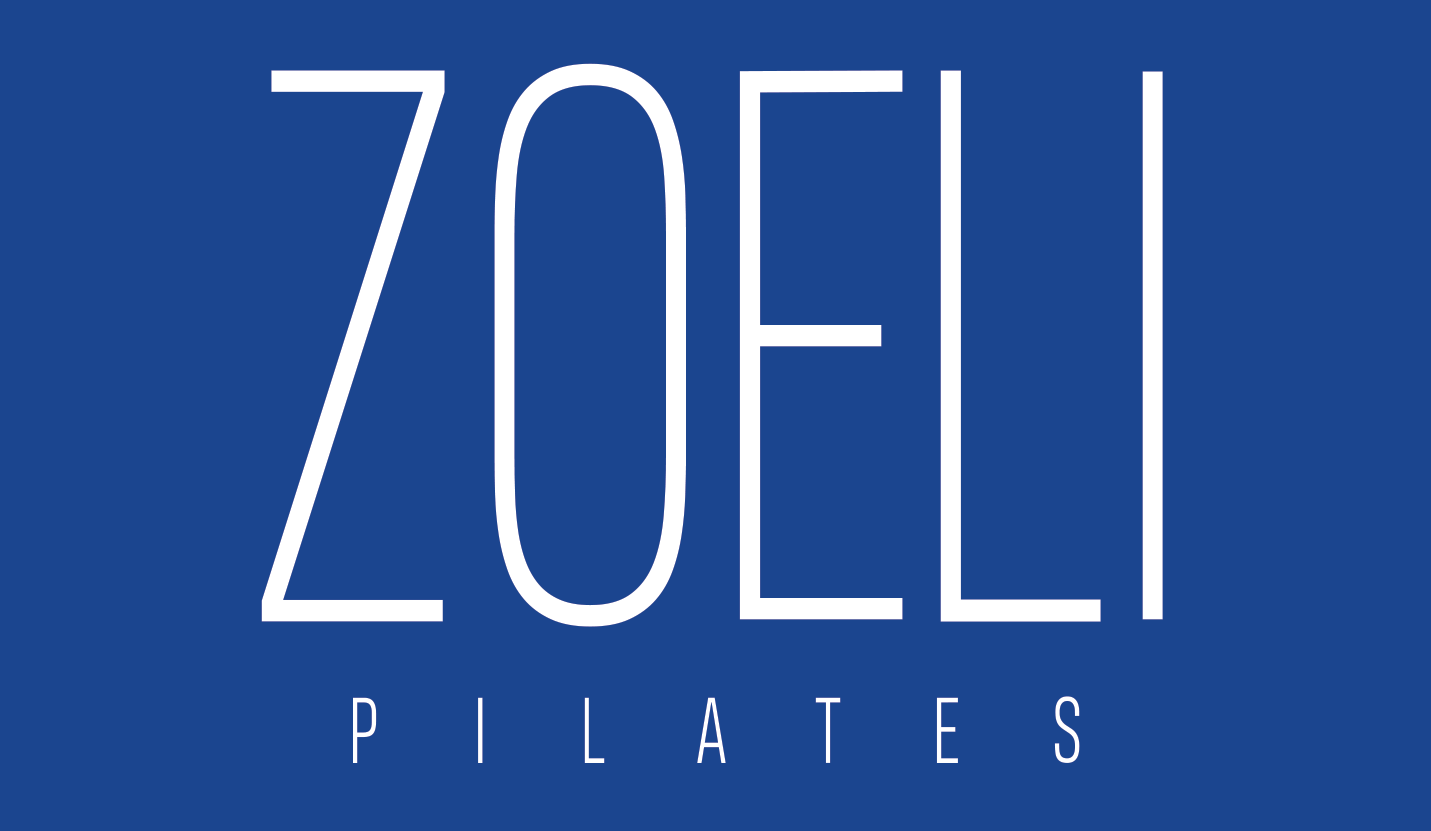Breathing is the First Act of Life and the Last – Joseph Pilates
In the realm of holistic wellness, few practices intertwine as seamlessly as breathing and Pilates. The art of controlled, purposeful breathing in Pilates not only complements its physical exercises but also enhances its mental and emotional benefits. In this blog, we dive into the symbiotic relationship between breathing and Pilates, and explore how conscious respiration elevates the Pilates experience, fostering a deeper connection between body and mind.
The Pilates system exercises was designed by Joseph Pilates to improve physical strength, flexibility, and posture, while also enhancing mental awareness. Central to Pilates is the concept of core strength which is the deep muscles of the abdomen, back, and pelvic floor – which serve as the powerhouse for movement. Pilates exercises are performed with precision, emphasizing quality over quantity and focusing on controlled movements initiated from the core.
The Role of Breathing: At the heart of Pilates lies the principle of breath. Joseph Pilates himself emphasized the importance of conscious breathing, referring to it as “the internal shower of the body.” In Pilates, breath acts as a bridge between the mind and body, facilitating movement, promoting relaxation, and enhancing concentration. Breath is used to initiate and support movement, allowing students to engage their core muscles effectively while maintaining fluidity and control. The better the breath is the more successful the engagement of the core.
Conscious Respiration in Pilates: In Pilates practice, breath is coordinated with movement, creating a rhythmic flow that synchronizes body and mind. The emphasis is placed on lateral thoracic breathing – inhaling through the nose to expand the ribcage laterally and exhaling fully through the mouth or nose to engage the deep abdominal muscles. This type of breathing encourages full oxygen exchange, promoting relaxation and reducing tension in the body.
Moreover, conscious breathing in Pilates serves as a mindfulness tool, drawing practitioners’ attention inward and fostering a heightened sense of body awareness. By focusing on the breath, individuals can quiet the chatter of the mind, cultivate present-moment awareness, and deepen their connection to the physical sensations experienced during each movement.
Breathing Techniques in Pilates: Pilates incorporates various breathing techniques to enhance the effectiveness of exercises and promote overall well-being. Some common breathing patterns in Pilates include:
Benefits of Integrating Breath and Pilates: The integration of breath and Pilates yields a myriad of benefits for both physical and mental well-being:
- Improved Core Activation: Conscious breathing facilitates better engagement of the core muscles, enhancing stability, and support during Pilates exercises.
- Enhanced Mind-Body Connection: By directing attention to the breath, practitioners develop a deeper awareness of their body’s movements, leading to improved coordination and proprioception.
- Reduced Stress and Tension: Mindful breathing promotes relaxation and reduces stress by activating the parasympathetic nervous system, helping individuals to unwind and release muscular tension.
- Increased Energy and Vitality: Full, oxygen-rich breaths nourish the body at a cellular level, boosting energy levels and promoting a sense of vitality and well-being.
In the holistic practice of Pilates, breathing serves as the thread that weaves together the physical, mental, and emotional aspects of wellness. Through conscious respiration, practitioners can unlock the transformative power of Pilates, cultivating strength, flexibility, and inner harmony. By embracing the symbiotic relationship between breathing and Pilates, individuals embark on a journey of self-discovery, fostering a profound connection to their body, mind, and spirit. So, take a deep breath, and let Pilates guide you on the path to holistic well-being.
Why you need to Learn to Breathe – By Amanda Marley
Maintaining a healthy diet while exercising is vital for overall health and well-being. Exercise and diet are closely related, and a balanced combination of the



